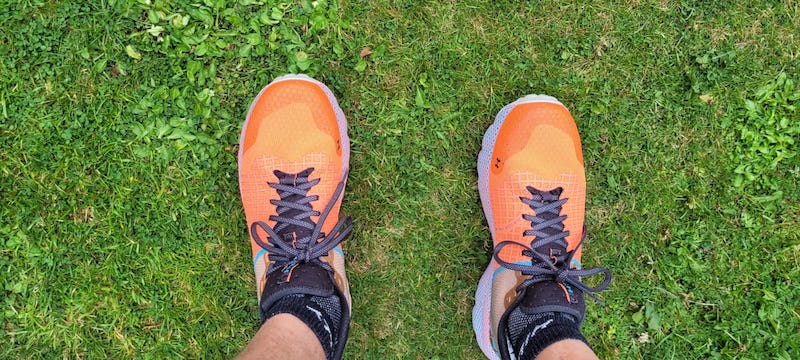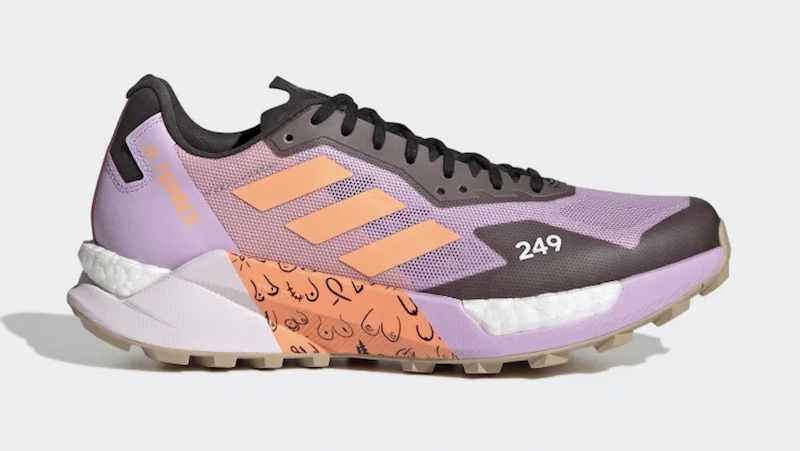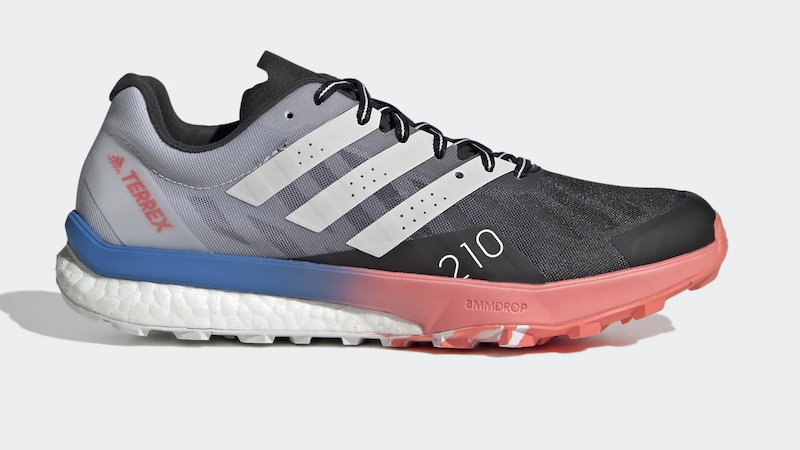You may be new to trail-running or want to switch from flat paths to hills or mountains. If so, you will probably be interested in learning how to select the best trail running shoes, whether they are for women or men.
Running shoe is running shoe.
Wrong! The sole of the shoe is the most noticeable difference. Trail running shoes have a better grip when used on steeper hills, mountains, trails and tracks.
Many trail shoes are also designed with more durable uppers, which can withstand the harsh environment of rocks, stones and other vegetation found on hills and tracks.

Trail running shoes: the sole
The outsole of a shoe for running is made up of the midsole. The sole of the shoe is directly in contact with the ground. A trail running shoe will usually offer greater traction and grip, because the runners are on different surfaces, such as grassy paths, steep slopes, wet rock and mud.
Different depths of studs or lugs are used to provide traction, according to the terrain. For example, lugs on forest trails will be smaller, and sparserly spaced, while studs are more robust for steep hills or muddy terrain.
Trail running shoes have a more sticky compound than road running shoes. This is to provide traction on uneven and rocky terrain.
Cushioning in trail running shoes
The midsole of a running shoe is located between the outsole, and the insole. Foam is used to cushion the shoe. Cushioning levels can be adjusted in many ways.
Trail running shoes have less cushioning than road running footwear, which is designed to run on harder surfaces. In contrast, trails tend to be softer on the ground and produce lower levels of impact. This means that less cushioning is needed.
There are trail running shoes with higher levels of cushioning than the average. These shoes may be designed for long distance runners. adidas Terrex Agravic Ultra BCA trail running shoes. If you’re a runner who runs ultras, then you may want more cushioning for comfort.
You will have a personal preference when it comes to cushioning. Some runners like more cushioning, wether they are running on trails or tarmac, while other runners prefer more minimalist, in-contact-with-the-ground not-so-much cushioning.
Trail running shoe: Heel-to-toe drop
Heel to toe drop is the difference in thickness between the midsole and the heel.
The drop of road running shoes is typically larger in order to protect the Achilles and legs against the impact of running on asphalt.
The heel-to toe drop of trail running shoes is usually lower. This means that the foot is more close to the ground. This increases ankle stability while also improving your proprioception. Proprioception is the ability to sense body position and self-motion when you are running.
It is important to be able trust your shoes and have a good sense of your feet when running off-road. A lower heel to toe drop is therefore more beneficial for a better sense of balance.
Poster for trail running shoes
The medial post is a foam insert with a higher density that is located on the inside (medial) side of midsole. The purpose of the medial posts is to control excessive supination.
Most trail running footwear does not have a medial posting. This allows for a natural and free movement of the foot.
Trail running shoes uppers
The tongue, laces and mesh collar are all part of the upper portion of a shoe. Most trail running shoes have uppers that are made from sturdy, durable materials. They protect the feet from hazards like stones, rocks and tree roots.
The uppers of trail shoes may have a GoreTex lining or a water-repellency treatment.
It’s important to try shoes on before you buy them. The upper shape and fit will vary from one brand to another.

Lacing trail running shoes
The shoes must be able support the feet while running on rough terrain. Some brands developed lacing system to support feet. These include the Salomon Quicklace System which uses a velcro lock and La Sportiva’s BOA Fit System.
Trail running shoes: colour and style
Although it may be tempting to select footwear based on its appearance, this is never a wise decision. Fit and how you plan to use your trail shoes are the most important factors. You will probably stick to a particular brand if you find one you like. You may then find yourself buying several different types to suit various off-road situations. From paths to hills and mountains, and from dry tracks to wet and dirty tracks, you will likely buy different trail running shoes.

